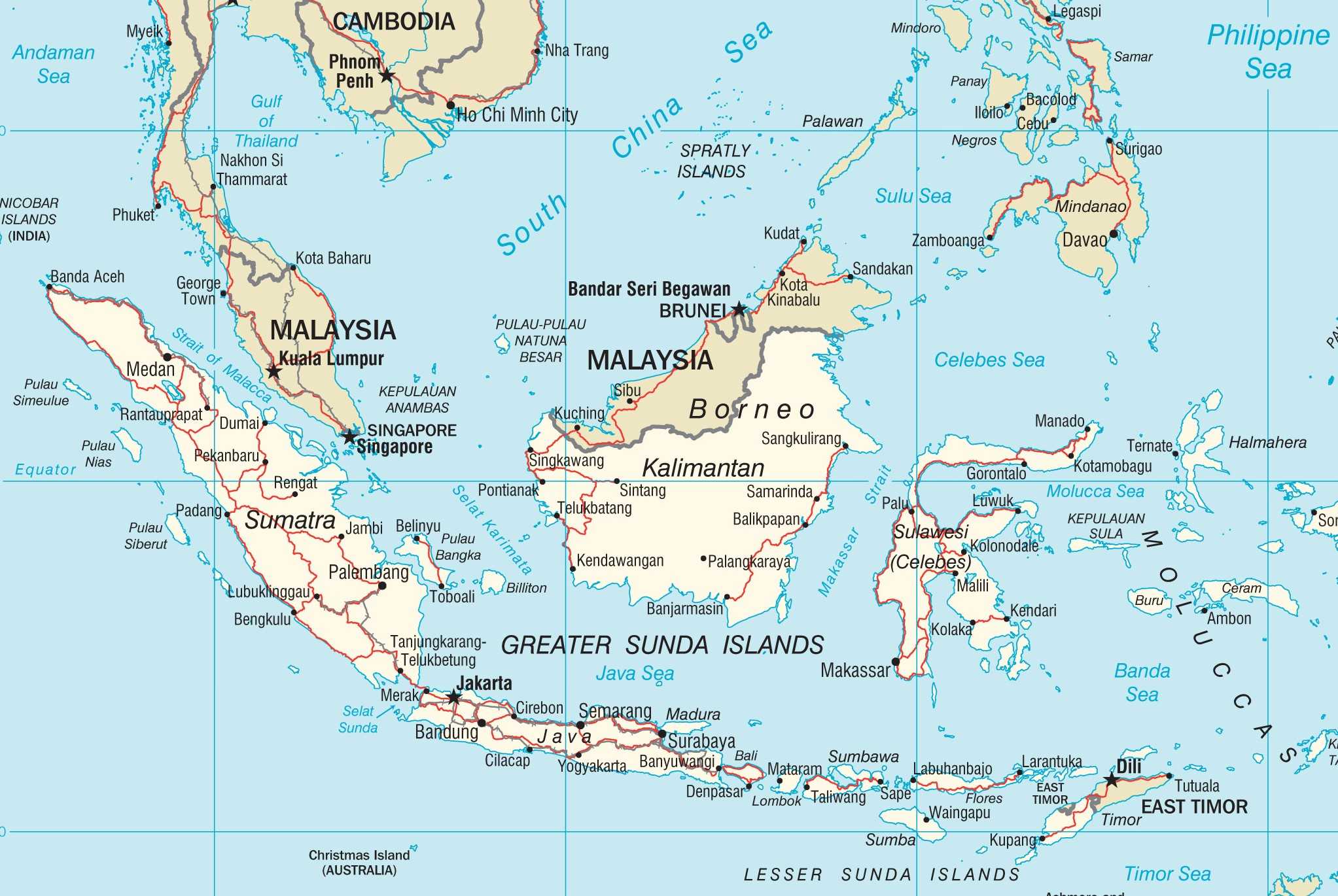Indonesia is experiencing a strong El-Nino phenomenon. Despite dry weather, total production increased by approximately 20 percent (10.605 bag GBE) over 2014/15, according to USDA’s Foreign Agricultural Service Semi-annual Gain Report. This is led by Robusta production, which managed to avoid the worst of the El Nino dryness in 2015/16.
The most significant declines in the 2015/16 production period will be experienced amongst Arabica growers, whose main production/harvest period coincided with unusually dry weather. Post will continue to follow the progress of Arabica production/flowering and will report on potential Arabica declines in 2016/17 in its next report.
Post expects MY 2015/16 coffee exports will increase to approximately 8.08 million bags GBE. Increased exports are the result of strong Robusta production, a weakened Rupiah (vis-à-vis the dollar) and declining Robusta prices.
Indonesian coffee imports for the January-August 2015 period (both green bean and roasted) fell to approximately 40 percent of the level achieved during the previous year.
Declining green bean imports are attributable to the industry’s preference for local beans, a weak Rupiah and an abundance of high quality local coffee.
On the contrary, imported soluble coffee imports almost doubled during the same period. Importers attribute higher soluble imports to forward buying in anticipation of a new import tariff imposed in August 2015.
As per a Ministry of Finance (MoF) amendment to regulation No. 132/2015, the soluble coffee import tariff was increased to 20 percent from 5 percent. Post notes that soluble coffee imports also correspond with growing domestic coffee consumption.
Most coffee imports originate in Vietnam and Brazil. Based on this reasoning, Post expects coffee imports to decline to 586 thousand bags GBE.
Consumption
Indonesian coffee consumption continues to increase, backed by an expanding middle class and growing promotional efforts, including prime-time television advertising, newspaper and other media.
Other promotional efforts include spots in popular cinema and frequent barista competitions. Industry promotions remain focused on soluble coffee products such as instant coffee powders and liquid bottled coffee.
Coffee shops are growing in urban areas. These include both local and foreign franchises. Coffee retail stores such as Starbucks are growing rapidly.
Retail shops such as Indomaret, Alfamaret and 7-11 have expanded their offerings to include ready-to-drink hot coffees. Street hawkers selling various instant brands coffee are popular, and serve instant coffee from bicycles throughout major metropolitan areas.
Based on the above factors, Post expects domestic consumption in MY 2015/16 to reach 3.09 million bags, GBE. This marks an increase of 40,000 bags, GBE, slightly below our original forecast of an increase of 50,000 bags GBE.
Consumption of non-essential items is generally down in Indonesia due to the weakening Rupiah and economic slowdown.
However, coffee consumption declines are likely moderated as domestically produced coffee beverages are less vulnerable to foreign exchange fluctuations.

















